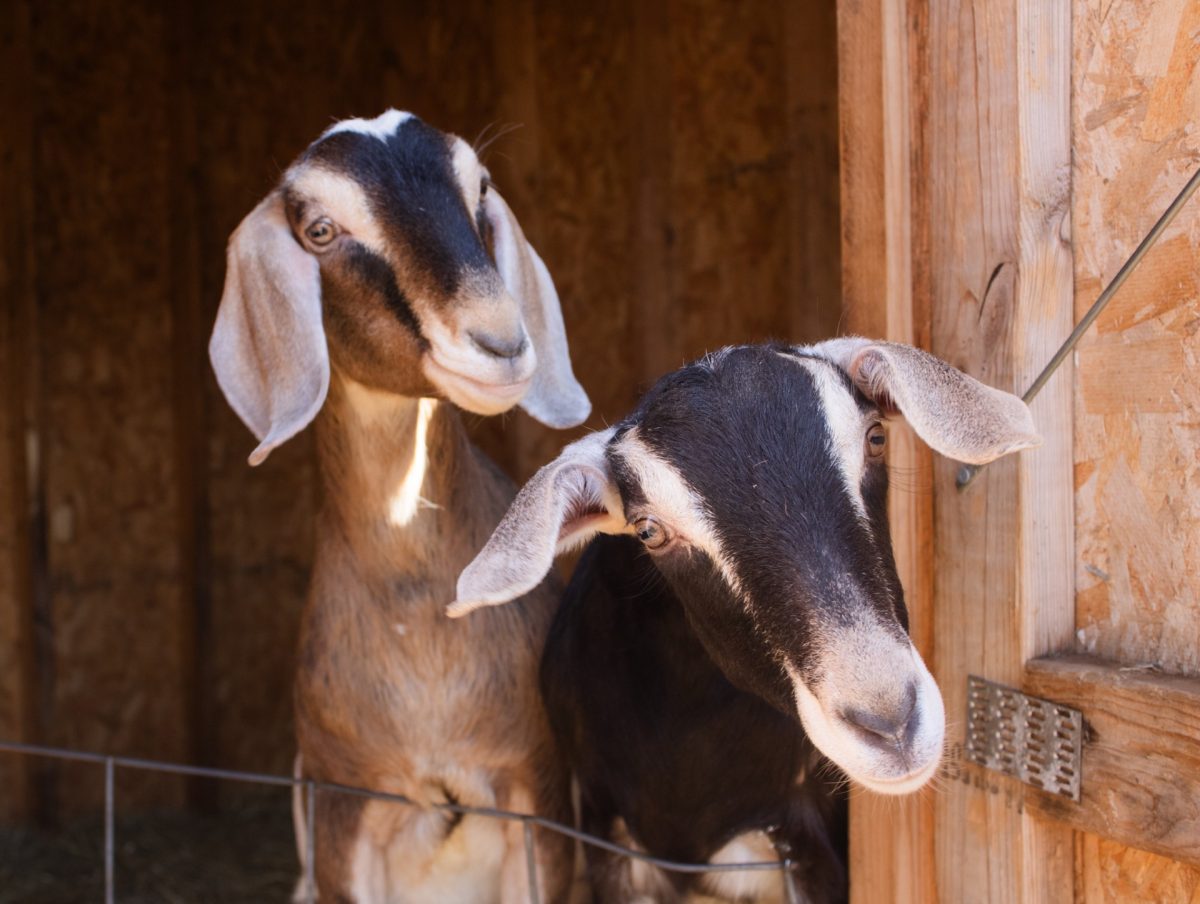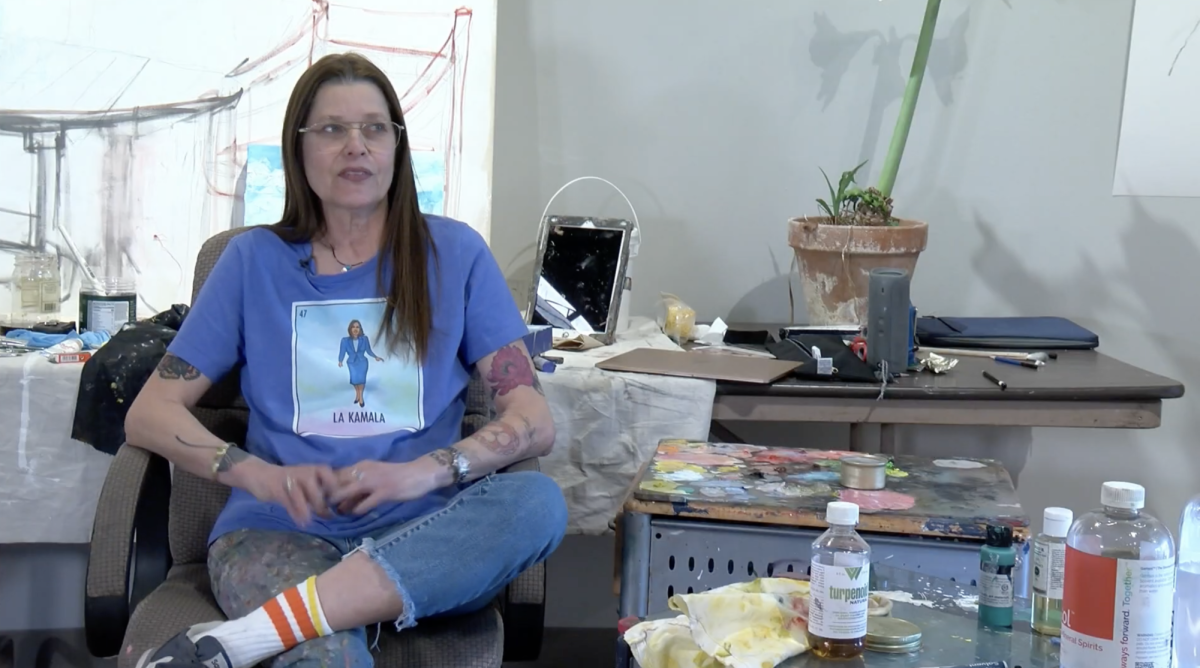The COVID-19 Learning Gap: Know That You’re Not Alone
December 16, 2022
Around a year ago, I talked about the effect of COVID-19 on college students and how our brains were struggling to keep up with the change. The hope was that as time passed, we would adjust back to the pre-pandemic mindset. Unfortunately, this may not be the case. COVID-19 may be less afflicting than it was two years ago, but the effects are going to be here for a long time.
One major effect of the pandemic is the COVID-19 learning gap. When schools were closed, instruction either was or wasn’t happening — and if it was, it varied across the board. When you look at this year’s college sophomores, they had one year of high school that may have not had face-to-face classes at all (especially those not in Iowa). Students experienced education with no graded assignments for a large chunk of their school year in 2019, an interrupted educational and social experience, and loss of content and concepts overall. It isn’t surprising that this had a huge effect on people — especially college students. One huge but overlooked impact is on behavior and socialization.
How do I talk in class? How do I behave? What does it look like to be a student where I actually have to sit and pay attention during class? As a senior, I had one semester of college without COVID-19 and remote learning affecting it. That means almost every single student currently at BVU has had remote learning or been affected by the pandemic. Even for those who know what college was like before the pandemic, we were freshmen — taking 100-level courses is nowhere close to the rigor of post-pandemic higher-level coursework. Even with this semester under my belt, I still struggle to attend class, contribute to discussions, and pay attention. For the majority of my education, I was able to half pay attention via Zoom and scroll through social media the entire time — or not even attend at all. It isn’t surprising that students engage in these behaviors when it’s all we’ve ever known.
One significant consequence of the COVID learning gap that is affecting students is anxiety. Donna Musel, director of the Center of Academic Excellence, attributed this change to multiple causes: “We’re seeing a huge increase in anxiety, partially because of the change, but the media worked so hard to try to scare people about COVID.” She explained the significance of anxiety and its effects, noting, “It’s real. It’s not just people trying to say, ‘oh, I have anxiety.’ It’s increased clinically, and COVID has been a big part of that.”
Anxiety isn’t the only long-term consequence of the pandemic. Gaps in writing, math, and critical thinking have also been areas of concern for professors and students alike. Students and professors have been in a protected environment for so long that the decision-making and critical thinking process of “what do I do in this situation” are harder to approach. The CAE has been trying to help with this need as well by “trying to fill in the gaps for math. “Theresa and I have had more conversations with students about appropriate behavior in the classroom [too],” said Musel.
One thing is for certain — the pandemic and its effects are here to stay, and as much as we hoped time would help, this may not be the case. If you have been feeling the effects of this learning gap, don’t worry — you’re not alone. Reach out to Musel and the CAE for help in this intriguing time of learning; you can make an appointment by clicking this link https://bvu.campus.eab.com or emailing Musel at [email protected].







